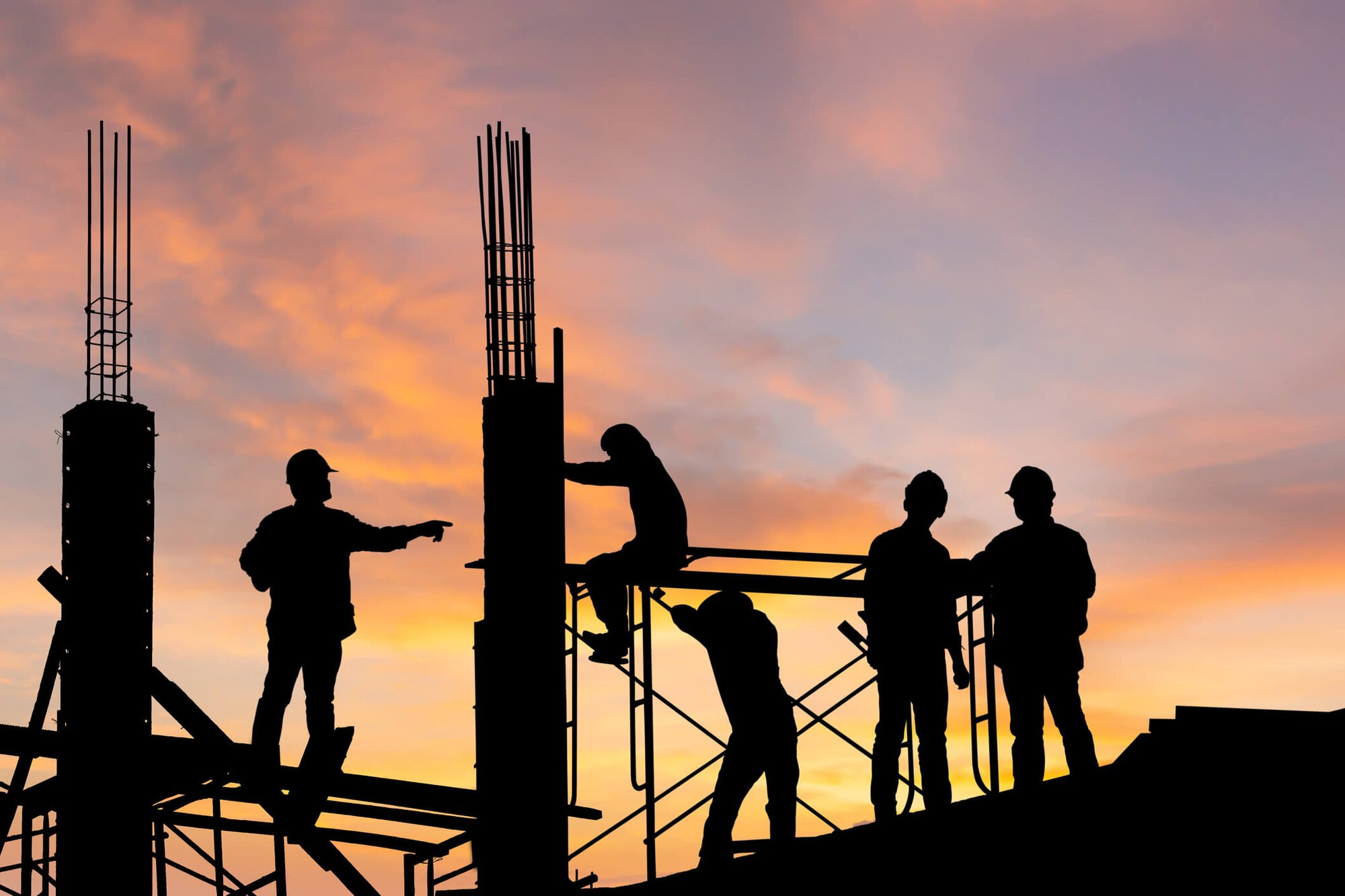June saw a notable shift in construction job openings, with a significant decline in the residential sector while non-residential construction maintained strength.
According to data from the U.S. Bureau of Labor Statistics’ Job Openings and Labor Turnover Survey (JOLTS), reported by the Associated Builders and Contractors (ABC), the construction industry experienced a decrease of 71,000 job openings, leaving 295,000 open positions by the end of the month. This marks a decrease of 119,000 job openings compared to the same period last year.
ABC’s chief economist, Anirban Basu, explains that the decline is largely attributed to a slowdown in residential construction, influenced by higher interest rates and the completion of a record number of new housing units. These factors have reduced demand for new labor in the residential sector.
However, Basu highlights that the non-residential sector, which includes commercial projects, continues to thrive.
“Nonresidential construction retains momentum due to strength in certain segments like manufacturing and infrastructure, keeping labor demand elevated,” he notes.
Non-Residential Construction: A Bright Spot
Despite the overall reduction in job openings, the non-residential sector remains a bright spot, driven by robust activity in infrastructure and manufacturing projects.
This sector’s resilience is crucial for commercial contractors who are navigating a dynamic economic landscape. ABC’s Construction Confidence Index reflects this optimism, with a majority of contractors planning to increase staffing levels in the coming months, underlining a positive outlook for non-residential construction.
Navigating Economic Challenges
The construction industry is inherently sensitive to economic cycles, with job openings often fluctuating in response to macroeconomic conditions such as interest rates and inflation. The current decline in job openings, particularly in the residential sector, highlights the challenges posed by these factors.
However, the continued strength in non-residential construction offers a buffer, particularly for commercial contractors who are integral to ongoing infrastructure and manufacturing projects.
Future Outlook and Contractor Sentiment
Contractor sentiment, as captured in ABC’s Construction Confidence Index, remains cautiously optimistic. While challenges persist, particularly in the residential sector, the non-residential sector’s resilience provides a stable foundation. Contractors are planning to expand their workforce, anticipating sustained demand for commercial and infrastructure projects.
Conclusion
The construction job market’s shift in June underscores the industry’s complex dynamics, influenced by various economic factors. While the residential sector faces headwinds, the non-residential sector continues to show strength, providing opportunities for commercial contractors. As the industry adapts to these changes, the overall outlook remains cautiously optimistic, with contractors preparing to capitalize on emerging opportunities in non-residential construction.



